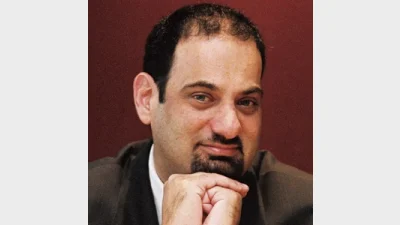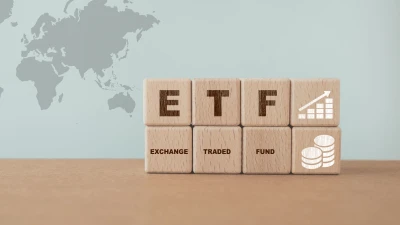Equities get easy run compared with structured products



Structured products such as derivatives have yet to recover from recent market impacts with the sector having been reduced from $4 billion to $1 billion in recent years despite being better scrutinised than equities.
Instreet managing director George Lucas said that equities were often not examined closely enough before investing compared with structured products and this had led to an inbalance towards equities investing.
“Few people can explain why some of Australia’s major resource stocks have falling prices in a commodity boom but structured products, which are scrutinised more must explain what they do and why they are doing it,” Lucas said.
“In fact structured products typically perform exactly as the product disclosure statements (PDS) state they will, whereas people seem to be far more forgiving of the losses they sustain when investing in equities, despite not always being able to explain the underlying issues behind the losses.”
Lucas also said there was unfamiliarity around derivatives in the retail financial services market and possibly even some confusion with other structured products such as collaterised debt obligations (CDO).
However he said financial planners should have some awareness of derivatives as they were available to retail investors, typically through self-managed superannuation funds, and offered set outcomes to investors according to the nature of the derivative product.
Recommended for you
VanEck is expanding its fixed income range with a new ETF this week to complement its existing subordinated debt strategy which has received $1 billion in inflows this year.
Specialist global equities manager Nanuk has celebrated 10 years of its flagship New World Fund and is actively considering its next possible vehicle.
Australian equities manager Datt Capital has built a retail-friendly version of its small-cap strategy for advisers, previously only available for wholesale investors.
The dominance of passive funds is having a knock-on effect on Australia’s M&A environment by creating a less responsive shareholder base, according to law firm Minter Ellison.











